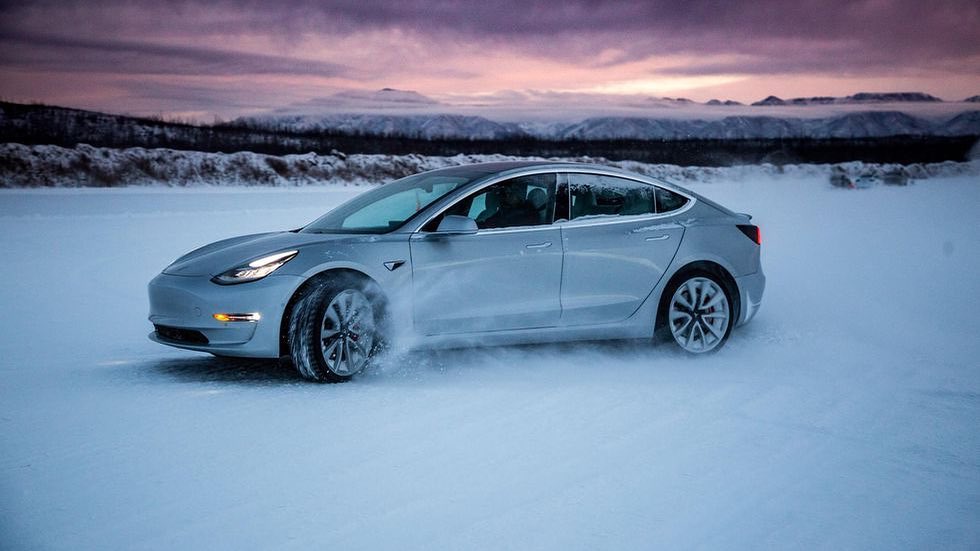
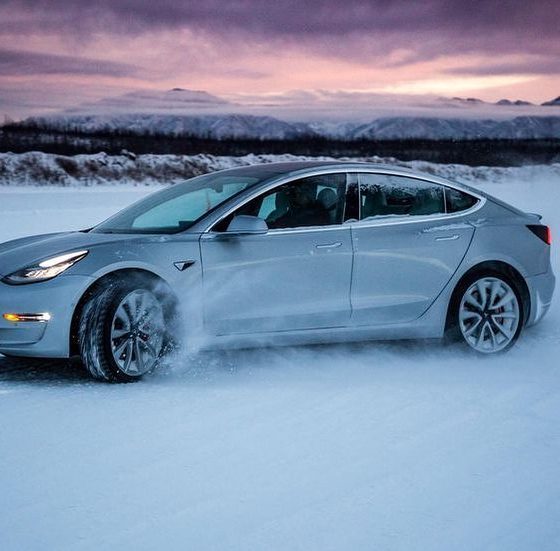
News
Colorado approves goal to make 82% of car sales electric by 2032
Colorado has voted to approve a new standard on the adoption of electric vehicles (EVs), with an additional goal set for 2032 and new guidance for increasing EV sales beginning in 2027.
The Colorado Air Quality Control Commission adopted the Colorado Clean Cars standard on Friday, directing manufacturers to make 82 percent of all light-duty vehicles sold electric by 2032, as detailed in a press release. The state will also direct manufacturers to increase zero-emission light-duty vehicle sales starting in 2027, with goals increasing each year during the five-year period.
In the release, Colorado clarifies that it includes battery-electric, plug-in hybrid electric and fuel cell electric as what it refers to as zero-emission options. The state has also said that it’s aiming to get one million zero-emission vehicles on its roads by 2030, along with its plan to eliminate greenhouse gas pollution entirely by 2050.
“Colorado is already among the states with the highest concentration of electric vehicles, and we don’t plan on hitting the brakes any time soon,” Commission Director Michael Ogletree said.
“Coloradans want low- and zero-emissions vehicles because they help them get where they’re going while breathing cleaner air and saving money. This standard will make clean vehicles more accessible across the state and improve air quality in local communities overburdened by pollution from busy roadways.”
Notably, the release says that the standard does not prohibit the sale or use of non-electric vehicles with internal combustion engines (ICEs). They also do not apply to used vehicles or those used for things like construction or agriculture.
Instead of prohibiting gas car sales, the state says it hopes to direct consumers toward some of its grants and other programs making EVs easier to access. It lists the following state programs:
- Electric Vehicle Tax Credits, which give Colorado taxpayers up to $5,000 in tax credits for leasing or purchasing a new electric car with a manufacturer’s suggested retail price of $80,000 or less, and up to $7,500 starting in calendar year 2024 for new electric cars with a manufacturer’s suggested retail price of $35,000 or less.
- The Vehicle Exchange Colorado Program, which offers rebates to income-qualified Coloradans for recycling and replacing their old or high-emitting vehicles with electric vehicles.
- The Community Accelerated Mobility Program, which provides grants to support community-led electric mobility projects.
The state passed a bill earlier this year that requires a 50-percent drop in greenhouse gas emissions by 2030. The standard also creates further standards for emissions of volatile organic compounds and nitrogen oxides from traditional passenger vehicles, which the state says creates harmful ozone pollution at the ground level.
While the Colorado standard falls short of requiring 100 percent of new car sales to be electric by 2035, as adopted in California, Maryland and a number of other U.S. states, it does represent the latest development in the state’s efforts to boost low- and zero-emission vehicle sales.
Earlier this year, Colorado voted to approve new EV tax incentives on EVs that offer up to $5,000 off on select purchases, which can be used alongside the federal tax credit. In 2019, Colorado also joined nine other states in adopting standards to accelerate the rollout of EVs in their regions.
Tesla wants the U.S. to enact stricter fuel efficiency standards
What are your thoughts? Let me know at zach@teslarati.com, find me on X at @zacharyvisconti, or send your tips to us at tips@teslarati.com.

News
Tesla’s six-seat extended wheelbase Model Y L sold out for January 2026
Estimated delivery dates for new Tesla Model Y L orders now extend all the way into February 2026.
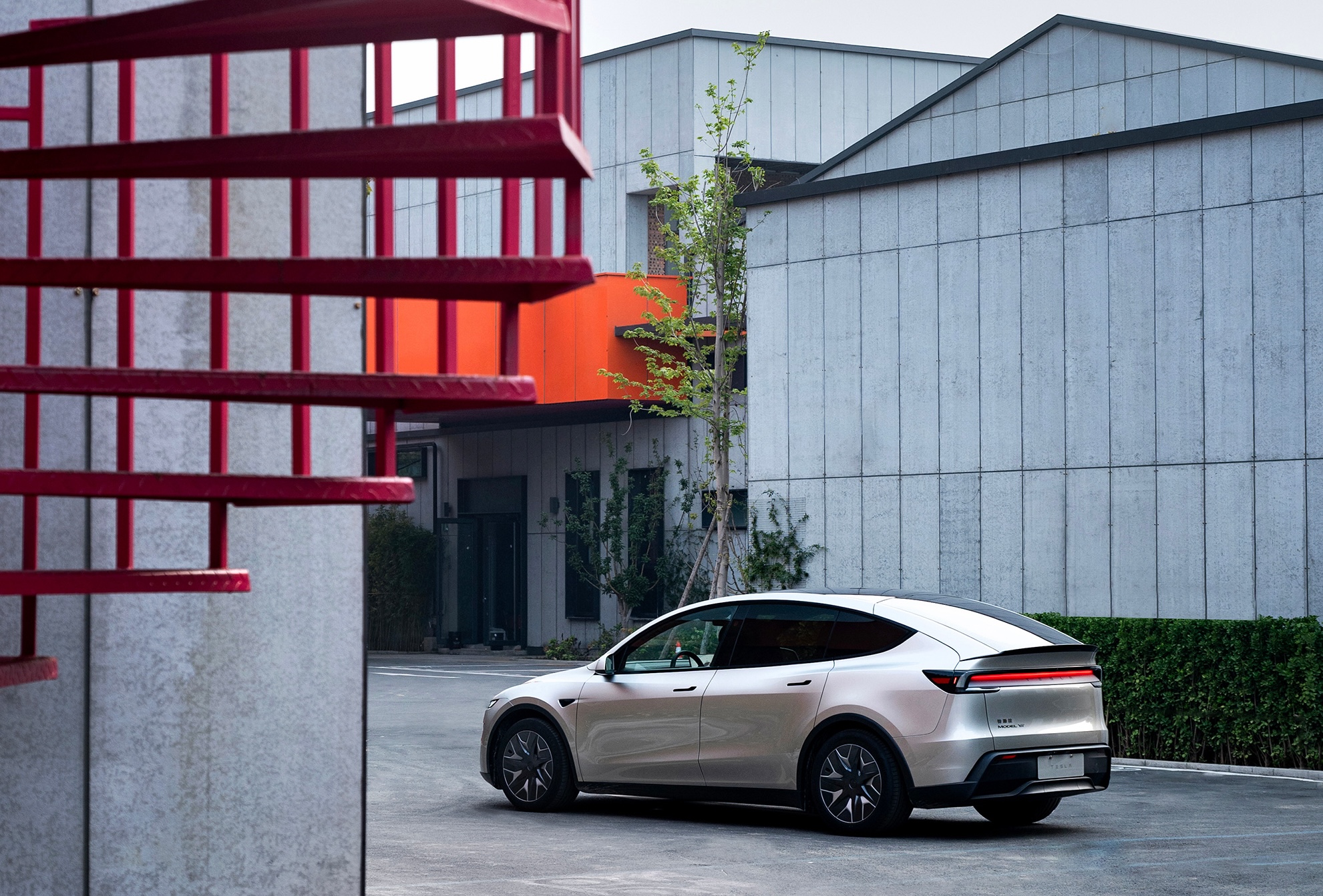
The Tesla Model Y L seems to be in high demand in China, with estimated delivery dates for new orders now extending all the way into February 2026.
This suggests that the Model Y L has been officially sold out from the rest of 2025 to January 2026.
Model Y L estimated delivery dates
The Model Y L’s updated delivery dates mark an extension from the vehicle’s previous 4-8 week estimated wait time. A detailed chart shared by Tesla data tracker @Tslachan on X shows the progressions of the Model Y L’s estimated delivery dates since its launch earlier this year.
Following its launch in September, the vehicle was given an initial October 2025 estimated delivery date. The wait times for the vehicle were continually updated over the years, until the middle of November, when the Model Y L had an estimated delivery date of 4-8 weeks. This remained until now, when Tesla China simply listed February 2026 as the estimated delivery date for new Model Y L orders.
Model Y demand in China
Tesla Model Y demand in China seems to be very healthy, even beyond the Model Y L. New delivery dates show the company has already sold out its allocation of the all-electric crossover for 2025. The Model Y has been the most popular vehicle in the world in both of the last two years, outpacing incredibly popular vehicles like the Toyota RAV4. In China, the EV market is substantially more saturated, with more competitors than in any other market.
Tesla has been particularly kind to the Chinese market, as it has launched trim levels for the Model Y in the country that are not available anywhere else, such as the Model Y L. Demand has been strong for the Model Y in China, with the vehicle ranking among the country’s top 5 New Energy Vehicles. Interestingly enough, vehicles that beat the Model Y in volume like the BYD Seagull are notably more affordable. Compared to vehicles that are comparably priced, the Model Y remains a strong seller in China.
Elon Musk
NVIDIA CEO Jensen Huang commends Tesla’s Elon Musk for early belief
“And when I announced DGX-1, nobody in the world wanted it. I had no purchase orders, not one. Nobody wanted to buy it. Nobody wanted to be part of it, except for Elon.”
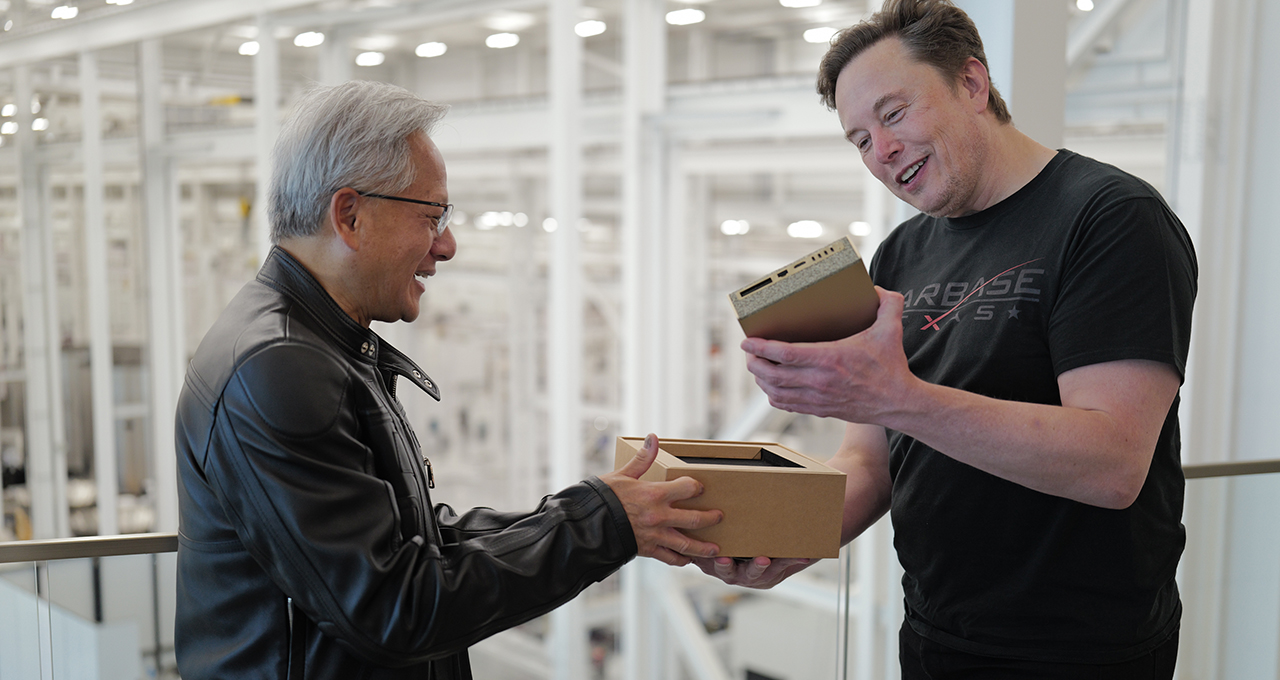
NVIDIA CEO Jensen Huang appeared on the Joe Rogan Experience podcast on Wednesday and commended Tesla CEO Elon Musk for his early belief in what is now the most valuable company in the world.
Huang and Musk are widely regarded as two of the greatest tech entrepreneurs of the modern era, with the two working in conjunction as NVIDIA’s chips are present in Tesla vehicles, particularly utilized for self-driving technology and data collection.
Nvidia CEO Jensen Huang regrets not investing more in Elon Musk’s xAI
Both CEOs defied all odds and created companies from virtually nothing. Musk joined Tesla in the early 2000s before the company had even established any plans to build a vehicle. Jensen created NVIDIA in the booth of a Denny’s restaurant, which has been memorialized with a plaque.
On the JRE episode, Rogan asked about Jensen’s relationship with Elon, to which the NVIDIA CEO said that Musk was there when nobody else was:
“I was lucky because I had known Elon Musk, and I helped him build the first computer for Model 3, the Model S, and when he wanted to start working on an autonomous vehicle. I helped him build the computer that went into the Model S AV system, his full self-driving system. We were basically the FSD computer version 1, and so we were already working together.
And when I announced DGX-1, nobody in the world wanted it. I had no purchase orders, not one. Nobody wanted to buy it. Nobody wanted to be part of it, except for Elon.
He goes ‘You know what, I have a company that could really use this.’ I said, Wow, my first customer. And he goes, it’s an AI company, and it’s a nonprofit and and we could really use one of these supercomputers. I boxed one up, I drove it up to San Francisco, and I delivered it to the Elon in 2016.”
The first DGX-1 AI supercomputer was delivered personally to Musk when he was with OpenAI, which provided crucial early compute power for AI research, accelerating breakthroughs in machine learning that underpin modern tools like ChatGPT.
Tesla’s Nvidia purchases could reach $4 billion this year: Musk
The long-term alliance between NVIDIA and Tesla has driven over $2 trillion in the company’s market value since 2016.
Elon Musk
GM CEO Mary Barra says she told Biden to give Tesla and Musk EV credit
“He was crediting me, and I said, ‘Actually, I think a lot of that credit goes to Elon and Tesla…You know me, Andrew. I don’t want to take credit for things.”
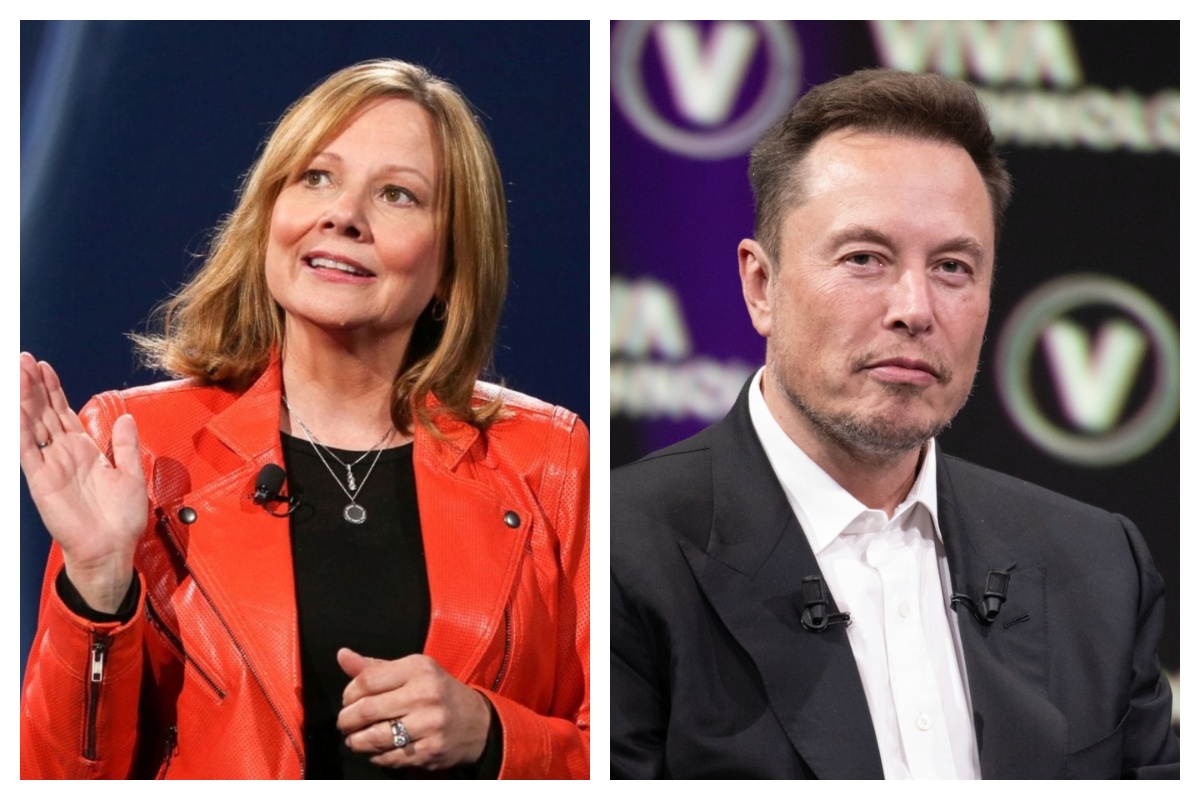
General Motors CEO Mary Barra said in a new interview on Wednesday that she told President Joe Biden to credit Tesla and its CEO, Elon Musk, for the widespread electric vehicle transition.
She said she told Biden this after the former President credited her and GM for leading EV efforts in the United States.
During an interview at the New York Times Dealbook Summit with Andrew Ross Sorkin, Barra said she told Biden that crediting her was essentially a mistake, and that Musk and Tesla should have been explicitly mentioned (via Business Insider):
“He was crediting me, and I said, ‘Actually, I think a lot of that credit goes to Elon and Tesla…You know me, Andrew. I don’t want to take credit for things.”
GM CEO Mary Barra said to Andrew Sorkin at the New York Times Dealbook Summit that she pulled President Biden aside and said Tesla CEO @elonmusk deserved the credit for EVs:
“He was crediting me, and I said, ‘Actually, I think a lot of that credit goes to Elon and Tesla,'” Barra… pic.twitter.com/OHBTG1QfbJ
— TESLARATI (@Teslarati) December 3, 2025
Back in 2021, President Biden visited GM’s “Factory Zero” plant in Detroit, which was the centerpiece of the company’s massive transition to EVs. The former President went on to discuss the EV industry, and claimed that GM and Barra were the true leaders who caused the change:
“In the auto industry, Detroit is leading the world in electric vehicles. You know how critical it is? Mary, I remember talking to you way back in January about the need for America to lead in electric vehicles. I can remember your dramatic announcement that by 2035, GM would be 100% electric. You changed the whole story, Mary. You did, Mary. You electrified the entire automotive industry. I’m serious. You led, and it matters.”
People were baffled by the President’s decision to highlight GM and Barra, and not Tesla and Musk, who truly started the transition to EVs. GM, Ford, and many other companies only followed in the footsteps of Tesla after it started to take market share from them.
Elon Musk and Tesla try to save legacy automakers from Déjà vu
Musk would eventually go on to talk about Biden’s words later on:
“They have so much power over the White House that they can exclude Tesla from an EV Summit. And, in case the first thing, in case that wasn’t enough, then you have President Biden with Mary Barra at a subsequent event, congratulating Mary for having led the EV revolution.”
In Q4 2021, which was shortly after Biden’s comments, Tesla delivered 300,000 EVs. GM delivered just 26.








